French Bulldogs and Pugs—two of the cutest breeds on the planet. But don’t let their squishy faces fool you! These two might look alike at first glance, but when you dig deeper, their differences are hard to miss.
From their personalities to their playful quirks, French Bulldogs and Pugs have their own unique traits that set them apart. Whether it’s their energy levels, their looks, or the way they charm their way into your heart, each breed brings something special to the table.
So, which one is right for you? If you’re torn between these adorable little companions, let’s break it down. Get ready for a deep dive into 13 key differences that’ll help you make the perfect choice for your future furry friend!
Appearance and Build
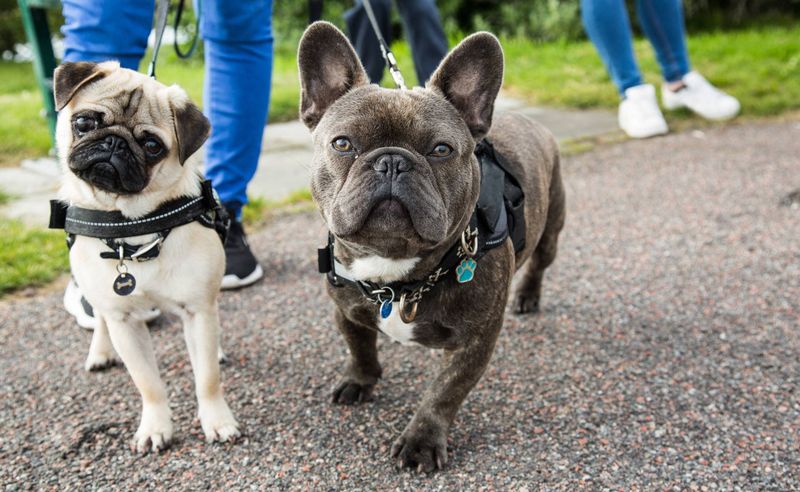
French Bulldogs and Pugs are small, charming dogs but differ in appearance. French Bulldogs have bat-like ears, a muscular build, and a sturdy frame. In contrast, Pugs possess a more rounded body with floppy ears.
The snout is another differentiator; French Bulldogs boast a broader, more pronounced muzzle, while Pugs have a flatter face. These differences are not merely aesthetic but influence their breathing and overall health.
Potential owners should consider these physical traits, as they affect grooming needs and exercise levels. Choosing between these breeds often depends on personal preference and lifestyle compatibility.
Temperament and Personality

While both breeds are known for their affectionate nature, there are nuances in their temperaments. French Bulldogs are often more laid-back and enjoy lounging around, making them perfect for apartment living.
In contrast, Pugs are known for their playful and lively demeanor, often seeking out playtime with their owners. These personality differences mean that French Bulldogs might be more suited to a quieter household, whereas Pugs may thrive in a more active environment.
Both breeds, however, are loving companions, eager to form strong bonds with their families.
Exercise Needs

Exercise requirements differ between the two breeds. French Bulldogs are typically less active and are content with short walks or play sessions. Their compact build and brachycephalic snout can limit prolonged activity.
Pugs, on the other hand, are more energetic and may require more regular exercise to maintain a healthy weight and prevent obesity.
Owners should tailor exercise regimes to suit each breed’s needs, ensuring they receive adequate stimulation without overexertion. Understanding these differences helps in managing their health and well-being effectively.
Health Issues
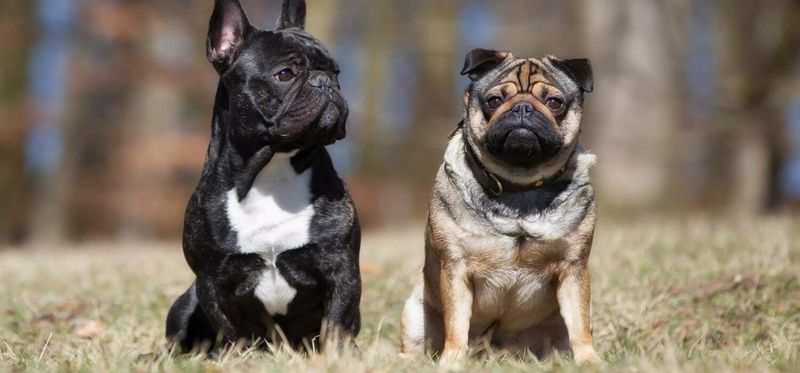
Both breeds have specific health concerns, largely due to their brachycephalic nature, resulting in breathing difficulties. French Bulldogs are prone to spinal disorders, while Pugs often suffer from eye conditions and skin infections.
Understanding these health issues is crucial for potential owners, as it affects their decision-making process. Regular vet visits and health monitoring can mitigate some risks, ensuring these lovable companions lead happy, healthy lives.
Responsible breeding practices and informed care routines play a vital role in managing these health challenges.
Lifespan

The lifespan of French Bulldogs and Pugs varies slightly. French Bulldogs typically live for about 10-12 years, while Pugs often reach 12-15 years. This difference can be a factor for potential owners to consider, as it may influence long-term commitments.
Lifespan is affected by factors such as genetics, diet, exercise, and healthcare. Understanding these aspects enables owners to provide a nurturing environment, enhancing the quality and duration of their pets’ lives.
Lifespan considerations are integral to the decision-making process when choosing between these beloved breeds.
Grooming Requirements
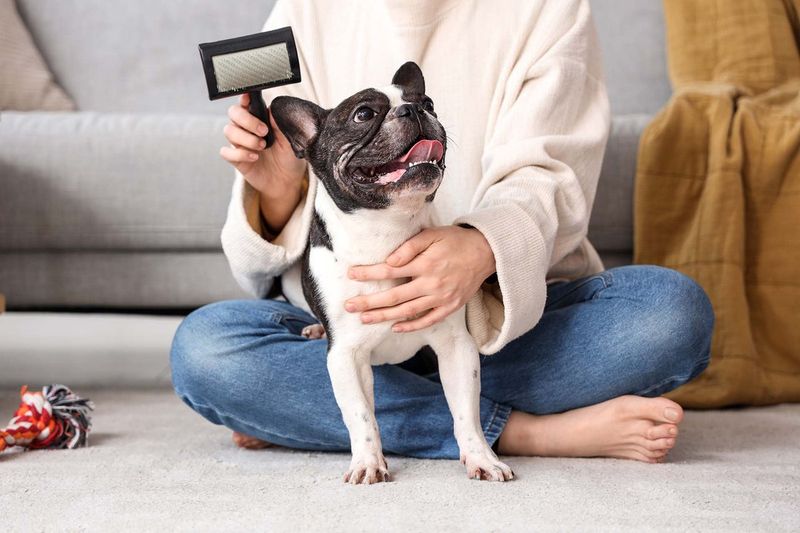
Grooming needs for French Bulldogs and Pugs are relatively low, but they do differ. French Bulldogs have a short coat that requires minimal maintenance but may need regular cleaning of their facial folds.
Pugs, with their double coat, may shed more and benefit from regular brushing. Both breeds require periodic nail trimming and dental care. Grooming routines are essential to maintain their overall health and hygiene.
Understanding these requirements helps in planning a suitable grooming schedule, ensuring these adorable companions look and feel their best.
Vocalization

Vocalization is an area where these breeds differ. French Bulldogs are generally quieter, often communicating through snorts and snuffles. Pugs, however, are more vocal and known for their unique ‘talking’ sounds, often engaging in animated conversations with their owners.
These vocal tendencies can influence household harmony, especially in urban settings. Potential owners should consider their tolerance for noise when choosing between these breeds.
While both breeds can adapt to various living environments, understanding their vocal habits is crucial for setting expectations and ensuring a peaceful coexistence.
Training and Intelligence
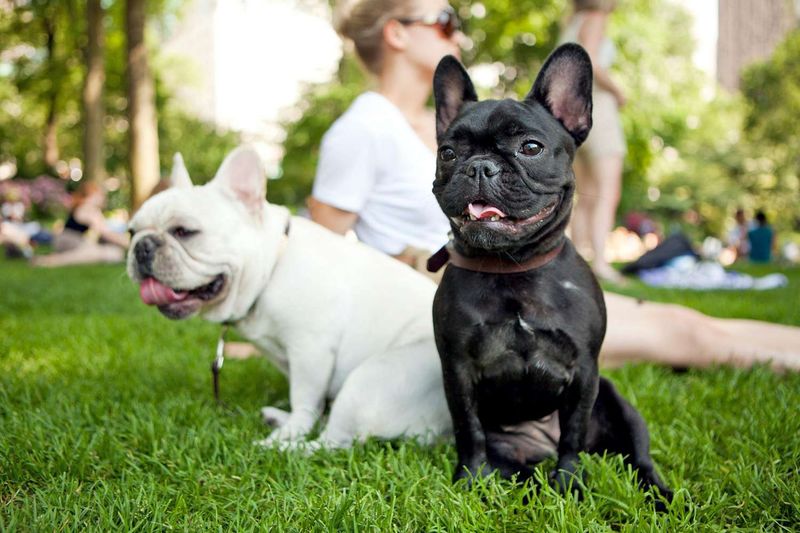
Both breeds are intelligent, but training can vary. French Bulldogs may display stubbornness, requiring patience and consistent training methods.
Pugs, while eager to please, can be distracted easily, needing engaging and varied training sessions. Positive reinforcement techniques work well with both breeds. Understanding their intelligence levels and training needs is vital for owners to establish a disciplined yet enjoyable training routine.
Both breeds thrive when mentally stimulated, making training a rewarding experience for the owner and pet alike. This knowledge aids in developing a strong, cooperative relationship.
Adaptability

Adaptability to living conditions varies between these breeds. French Bulldogs, with their calm demeanor, adapt well to apartment living and urban environments.
Pugs, being slightly more active, may enjoy more space to play but can still thrive in smaller spaces. Both breeds are adaptable to various family dynamics, making them suitable for singles, couples, and families.
Understanding their adaptability helps potential owners make informed decisions about living arrangements. Whether in a bustling city or a quiet suburb, both breeds can adjust well, provided their needs are met.
Dietary Needs

Dietary needs of French Bulldogs and Pugs require careful consideration. Both breeds are prone to obesity, so portion control and a balanced diet are crucial.
French Bulldogs may have specific dietary restrictions due to allergies, while Pugs often benefit from a diet rich in omega fatty acids for coat health.
Understanding these dietary differences helps in planning appropriate meal plans and ensuring nutritional balance. Consulting with a veterinarian can provide guidance on the best dietary practices, supporting their overall health and vitality.
Socialization Skills
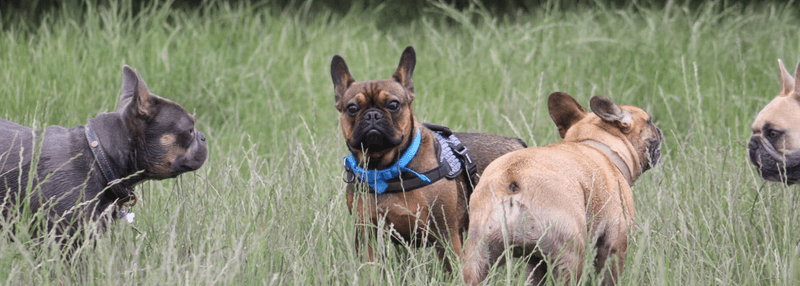
Socialization is essential for both breeds, with differences in their interaction styles. French Bulldogs are generally more reserved with strangers but form strong bonds with their families.
Pugs are often more sociable and enjoy meeting new people and dogs. These differences can impact their suitability for various social environments. Early socialization and exposure to different settings are crucial for both breeds to develop well-rounded personalities.
Understanding their socialization needs assists in planning activities that enhance their social skills, ensuring they are happy and confident in diverse situations.
Popularity and Demand

Both breeds enjoy popularity, but trends vary. French Bulldogs have surged in popularity, especially among urban dwellers, due to their manageable size and temperament.
Pugs have been consistently popular, known for their comical expressions and playful nature. These trends can influence availability and pricing, with French Bulldogs often commanding higher prices due to demand.
Understanding their popularity helps potential owners assess market trends and make informed decisions. Whether choosing a trendy companion or a classic favorite, both breeds offer unique charms and appeal.
Origin and History
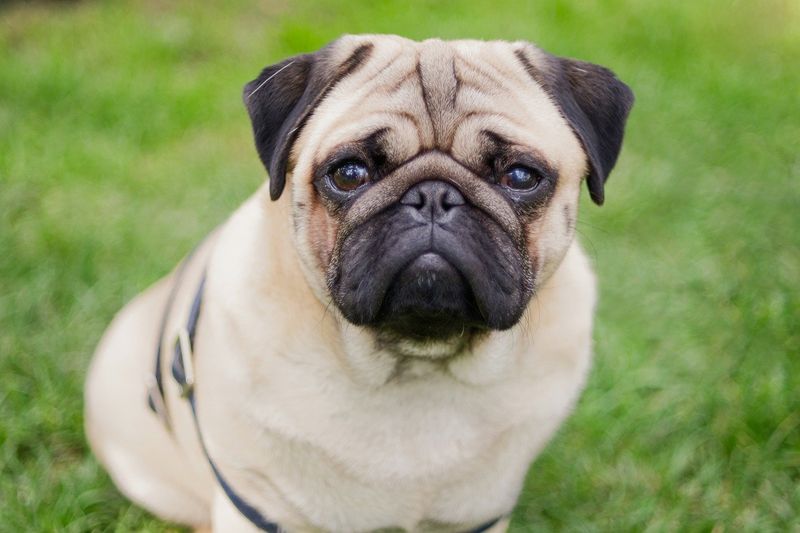
The origin of these breeds highlights their distinct histories. French Bulldogs originated in France, initially bred as companions for lace workers, while Pugs trace back to ancient China, prized by royalty.
These historical backgrounds contribute to their unique traits and characteristics. Understanding their origins provides insight into their behaviors and preferences, enriching the bond between owners and pets.
Their storied pasts add to their allure, making them cherished companions with a rich heritage. Appreciating their history deepens the connection with these beloved breeds, celebrating their journey through time.

